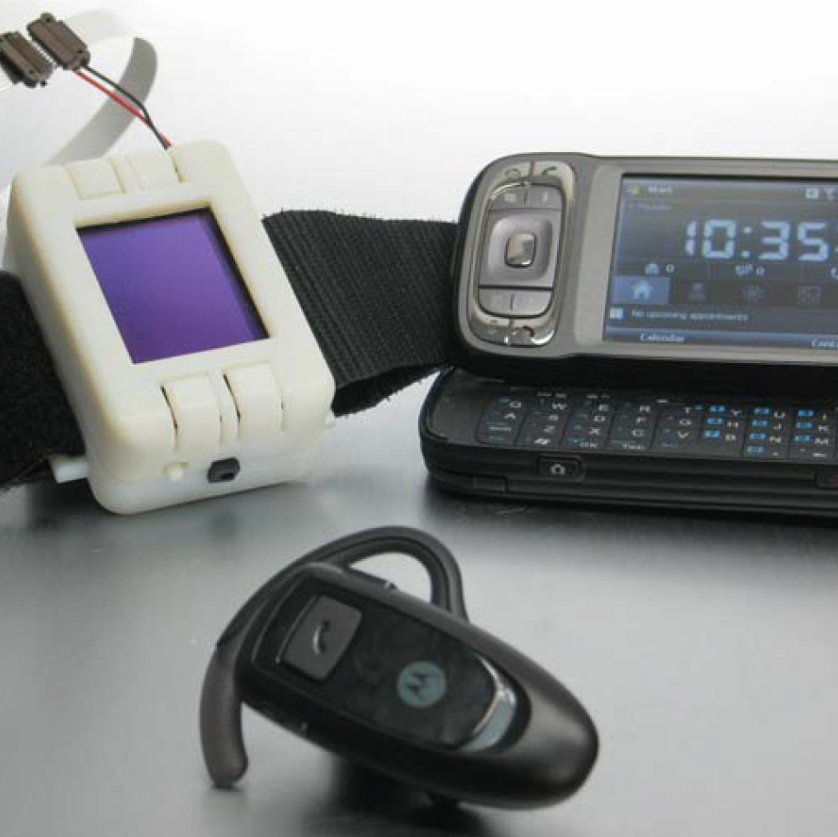The Challenge
Traumatic brain injury (TBI) is a common injury (some call it the ‘signature’ injury) in the Global War on Terrorism suffered by our armed forces. Alarmingly, 59% of patients at Walter Reed Army Medical Center who were involved in a blast have been given a diagnosis of TBI (Okie, 2008). The increase in treatment of TBI is attributed to the much improved body armor which often ensures that soldiers survive injuries that were previously fatal (Hoge, et al., 2008).
TBI injuries suffered in-theater range the entire spectrum of the Glasgow Coma Scale (GCS). Penetrating TBI is immediately identified and treated but mild TBI can be missed. This is especially true when other more readily identified injuries are sustained in addition to closed head trauma. Repeated trauma can slow the subsequent recovery periods.
Due to significant losses in medical staffing in the military, there is a clear need for novel, highly efficient, and manpower-conservative diagnostic strategies and treatment interventions. This is particularly important for treatment-intensive problems such as sleep disorders associated with mild TBI.
Our Approach
Our efforts are focused on improving the identification and management of sleep-related problems caused by TBI and post-traumatic stress disorder (PTSD) in returning combat veterans. Soldiers suffering from TBI commonly experience a number of psychological and cognitive difficulties among which are fatigue, headaches, memory loss, poor attention/concentration, dizziness / loss of balance, and irritability-emotional disturbances (Hoge, et al, 2008; Paniak, et al, 2002). In addition, sleep disturbances including insomnia, lower sleep efficiency and sleep-wake schedule disruption are long-lasting correlates of mild TBI. In fact, over half of mild TBI patients subjectively report problems falling asleep or staying asleep (Hoge, et al., 2008). Interestingly, mild TBI patients report more sleep problems than patients with more severe TBI (Mahmood et al, 2004; Clinchot et al,1998).
In order to diagnose and characterize sleep disorders in TBI patients, Area 10 Labs is developing a sensor net that integrates both EEG and IR to measure oxygenation in the frontal lobe of the brain. Literature suggests the frontal lobes are particularly vulnerable to injury due to their location at the front of the cranium, proximity to the sphenoid wing and their large size. MRI studies have shown that the frontal area is the most common region of injury in mild to moderate TBI.
The CAIRN system (Context-Aware Independence Recovery) combines Area 10 Labs expertise of sensors and intelligent computing with past experience in traumatic brain injury. We are developing a rehabilitative framework that identifies and monitors specific aspects of executive function to create a custom rehabilitation scheme for individuals who are in the post-acute stage of brain injury. The system utilizes a network, comprised of computers, sensors, and caregivers coupled with intelligent algorithms for recognition and inference of context. The ultimate goal is improved functional independence for these individuals.


